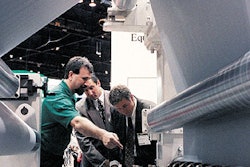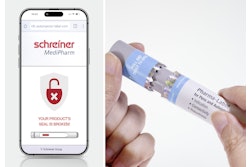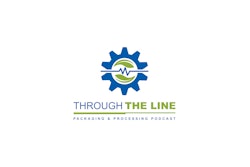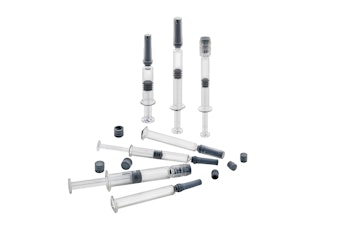The combination product express continues to pick up steam following the U.S. Food and Drug Administration's establishment of the Office of Combination Products (OCP), as required by the Medical Device User Fee and Modernization Act (MDUFMA) of 2002. The OCP addresses regulatory challenges and issues raised by combination products. Combination products are defined (according to 21 CFR§3.2(e)), on the FDA's Web site.
According to the OCP site, MDUFMA examines "concerns about the consistency, predictability, and transparency of the assignment process;issues related to the management of the review process when two (or more) FDA centers have review responsibilities for a combination product; lack of clarity about the postmarket regulatory controls applicable to combination products; and lack of clarity regarding certain agency policies, such as when applications to more than one agency center are needed."
The MDUFMA Act, says the FDA, gives the OCP "broad responsibilities covering the regulatory life cycle of combination products. However, the primary regulatory responsibilities for, and oversight of, specific combination products will remain in one of three product centers—the Center for Drug Evaluation and Research (CDER), the Center for Biologics Evaluation and Research (CBER), or the Center for Devices and Radiological Health (CDRH)—to which they are assigned."
To determine which of these three "lead centers" your product best fits, contact the FDA and informally determine which center represents the best route, based on the primary mode of action (PMOA) of the product. The more formal process is to complete a Request for Designation (RFD). Again online, the FDA details how to write a request for designation.
A company "should make sure it knows what the lead center is going to be in the FDA," suggests Mark Kramer, OCP's director. "For some products, it's clear what the PMOA is because there's already been a precedent set that a company could follow for its own product. In those cases, the company could contact us and confirm [the appropriate lead center] without going through the formal route."
Kramer notes that an RFD "is a binding decision." However, he points out that "it could be changed if there were specific public health reasons." For example, he says, "If we assigned a product to CDER for drugs based on the PMOA, but later information comes to light that the PMOA is really something else, we could revisit that. But that doesn't happen very often. We try to work this out at the earliest time, and we can do this informally through a phone call or e-mail." [HCP]
By Jim Butschli, Editor
According to the OCP site, MDUFMA examines "concerns about the consistency, predictability, and transparency of the assignment process;issues related to the management of the review process when two (or more) FDA centers have review responsibilities for a combination product; lack of clarity about the postmarket regulatory controls applicable to combination products; and lack of clarity regarding certain agency policies, such as when applications to more than one agency center are needed."
The MDUFMA Act, says the FDA, gives the OCP "broad responsibilities covering the regulatory life cycle of combination products. However, the primary regulatory responsibilities for, and oversight of, specific combination products will remain in one of three product centers—the Center for Drug Evaluation and Research (CDER), the Center for Biologics Evaluation and Research (CBER), or the Center for Devices and Radiological Health (CDRH)—to which they are assigned."
To determine which of these three "lead centers" your product best fits, contact the FDA and informally determine which center represents the best route, based on the primary mode of action (PMOA) of the product. The more formal process is to complete a Request for Designation (RFD). Again online, the FDA details how to write a request for designation.
A company "should make sure it knows what the lead center is going to be in the FDA," suggests Mark Kramer, OCP's director. "For some products, it's clear what the PMOA is because there's already been a precedent set that a company could follow for its own product. In those cases, the company could contact us and confirm [the appropriate lead center] without going through the formal route."
Kramer notes that an RFD "is a binding decision." However, he points out that "it could be changed if there were specific public health reasons." For example, he says, "If we assigned a product to CDER for drugs based on the PMOA, but later information comes to light that the PMOA is really something else, we could revisit that. But that doesn't happen very often. We try to work this out at the earliest time, and we can do this informally through a phone call or e-mail." [HCP]
By Jim Butschli, Editor



















